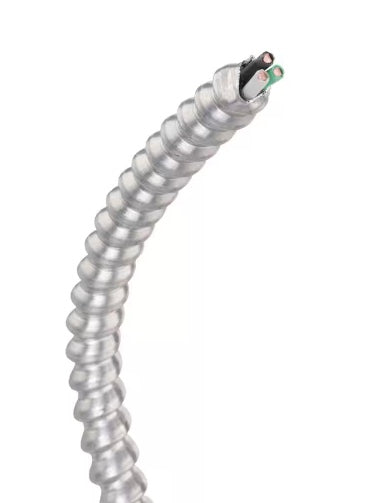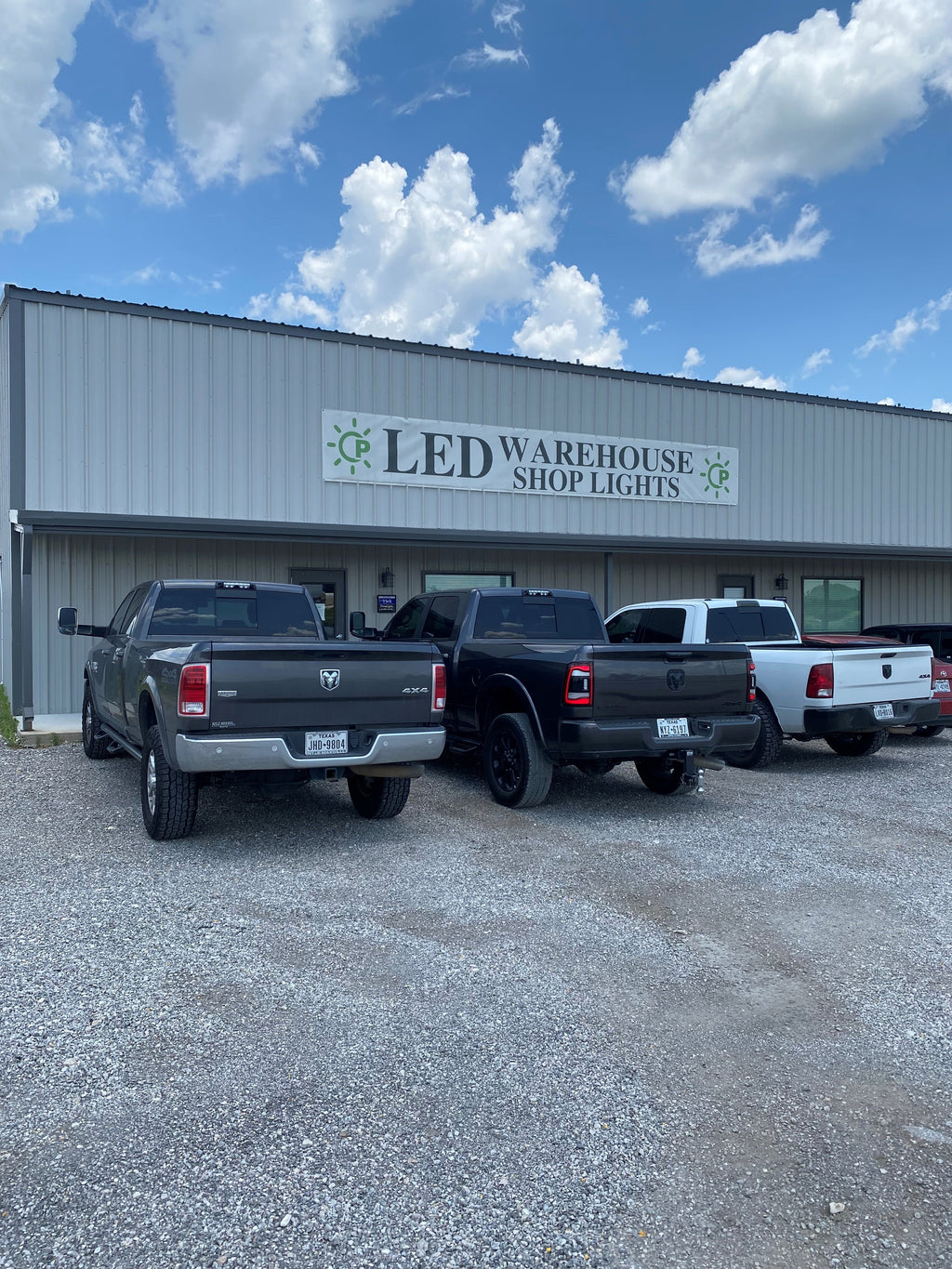Fluorescent vs. LED Lights
In the past, most commercial properties turned to fluorescent bulbs for lighting. The energy efficiency of fluorescent lights informed their popularity for bay and office lighting. LED technology used to be relatively expensive for most businesses. Today, however, with the reduced prices of LED lights, most companies are going for LED lights. So, what makes LED different from other lights?
Why LED Lights?
The efficiency and effectiveness of LED lights are one reason why more customers are going for LED lights nowadays. Most other bulbs come with a 3-year warranty, but they end up failing before the third year elapses. Manufacturers of other kinds of bulbs often list them as lasting up to 40,000 hours of usage, but most bulbs end up failing earlier than that.
LED lights last a minimum of 25 years when used at least 40 hours a week, basically, you will be using them forever.
LED Lights Are 30-Percent More Energy Efficient
When you use LED bulbs, you get more effective lighting and consume less wattage than fluorescent bulbs. The most powerful LED bulbs consume 22 watts or less, compared to conventional tubes that spend 32 watts or more.
Unlike conventional, fluorescent tubes, an LED bulb can act as a directional light source. While conventional tubes give off light in a 360-degree pattern, LED bulbs give off light in a 110-degree pattern. This means that only 30 percent of the light fluorescent tubes give off lands on the intended targets. The beam angle of LED lights allows them to emit up to 70 percent more light than fluorescent bulbs.
LED Lights Do Not Produce Heat
Unlike other types of lights that use heat to produce light, LED lights give off light when electric currents pass through diodes. This way, less power is consumed by LEDs. This difference is exemplified in the way fluorescent and LED bulbs end their terms. The life in most traditional bulbs ends when they burn out, in most cases, due to the heat produced. However, at the end of their lives, LEDs still emit light.
No Mercury or UV Rays With LED Lights
Traditional fluorescent bulbs have mercury and other glass contents. LED lights do not need mercury or any other type of gas to work. This makes them more friendly to the environment, seeing as no mercury ends up in landfills and no carbon ends up in the ozone.
Better yet, LED lights do not emit ultraviolet light, unlike traditional tubes. UV light can cause fabrics to fade, eye strain, and eye fatigue.
Efficient Air Conditioning and More Light With LED
Your air conditioning system will work efficiently if it does not have to cool your house from the heat produced by traditional bulbs. With less heat from the lamp, you can use smaller HVAC systems that are just efficient enough for your home’s size.
Wide Range of Colors and Designs
If you do not find the tube impressive, you can choose from a wide range of styles and designs of LED lighting options, including chandeliers, pendants, floodlights, and much more.

 USD
USD EUR
EUR










